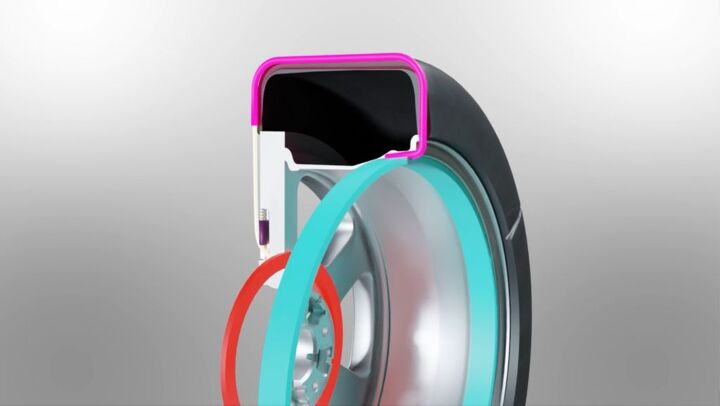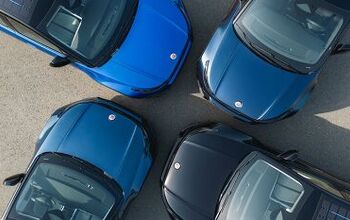Hyundai and Kia's Breakthrough: Shape-Shifting Tires for Safer Winter Journeys
Hyundai Motor Company and Kia Corporation have introduced an innovative snow chain technology for tires, poised to enhance winter driving safety. This new technology incorporates shape memory alloy modules located within the wheel and tire assembly. These modules can be activated to function as snow chains with a simple electrical signal, offering a seamless transition from regular to winter-ready driving.
Effortless Operation and Safety Enhancement
The main advantage of this technology lies in its ease of use. Traditional snow chains require manual installation, which can be both time-consuming and challenging. In contrast, the new system from Hyundai and Kia utilizes shape memory alloy that can be deployed or retracted at the push of a button. This not only saves time but significantly improves safety, especially during unexpected heavy snowfall.
The Technology Behind the Innovation
The design of this snow chain-integrated tire technology is quite intricate. The tire features radial grooves, similar to slices of a pizza, where modules made of shape memory alloy are inserted. When not in use, the alloy remains compressed inside the wheel, resembling the shape of an 'L'. Upon activation, an electric current causes the alloy to return to its original shape, extending out of the tire in a 'J' shape. This extension makes contact with the road surface, thereby enhancing grip and stability in snowy conditions.
Moreover, this technology offers an additional safety feature. In case of severe tire wear, the visibility of the module alerts drivers to the need for tire replacement, ensuring that tire maintenance is not overlooked.
Future Prospects and Development
Currently holding patent-pending status in South Korea and the U.S., Hyundai Motor and Kia are considering the mass production of this innovative technology. Before this can happen, further technological advancements, durability tests, performance evaluations, and regulatory reviews are necessary. This forward-thinking approach reflects Hyundai and Kia's commitment to leveraging advanced technology for real-world applications, focusing on enhancing the safety and convenience of their vehicles.
This article was co-written using AI and was then heavily edited and optimized by our editorial team.
More by TTAC Staff
Latest Car Reviews
Read moreLatest Product Reviews
Read moreRecent Comments
- Scott So they are losing hundreds of millions of dollars and they are promising us a “Cheaper EV”? I wonder how that will look and feel? They killed the Fiesta because they claimed that they couldn’t make a profit on them and when I bought the first one in late 2010 they couldn’t deliver the accessories I wanted for it! Then I bought a 2016 Fiesta ST and again couldn’t get the accessories for it I wanted. They claimed that the components were going to be available, eventually. So they lost on that one as well! I don’t care about what they say anymore. I’ve moved on to another brand.
- Michael S6 CX 70 or 90 will not be on my buying list. Drove a rental base CX 90 and it was noisy and the engine noise was not pleasant. Ride was rough for a family SUV. Mazda has to understand that what is good for Miata isn't what we expect in semi luxury SUV. My wife's 2012 Buick Enclave has much better Ride and noise level albeit at worse gas millage. Had difficulty pairing my phone with Apple CarPlay
- Michael S6 What is the metric conversion between one million barrels and the number of votes he expects to buy.
- NJRide This could give Infiniti dealers an extra product maybe make it a sub brand
- Lou_BC Mr. Posky outraged over an old guy passing er releasing some gas. How are those sedan sales going?


































Comments
Join the conversation